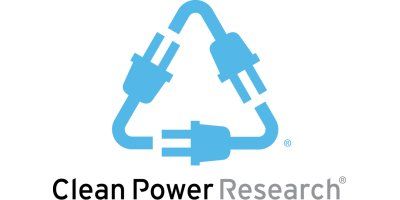

- Home
- Companies
- Clean Power Research, LLC
- Software
- PowerClerk Analytics - Cloud-based ...
PowerClerk Analytics - Cloud-based Software
PowerClerk Analytics expands operating and planning visibility of PV and other Distributed Energy Resources to the grid edge. Leverage DER data for operations, planning, and analysis. The growth of DERs is causing challenges for grid operators and planners impacted by DER power production, consumption and future adoption. PowerClerk Analytics generates descriptive and predictive models with DER data to enhance engineering and planning tools. Results cut across utility silos—from DER program management to system operations and planning, load forecasting, and integrated resource planning—with transparent model outputs. PowerClerk Analytics cloud-based software and services bring visibility to interconnected and queued DERs, improving utility decision-making and ensuring efficient system integration.
Distribution & Resource Planning
- Generate DER adoption scenarios to study a wide range of potential impacts at the feeder, substation and utility-wide level
- Evaluate territory-wide baseline and potential for building electrification, building shell efficiency and rooftop PV
- Disaggregate behind-the-meter PV production from net load to establish true gross load growth
- Improve operational decision-making with short-term PV production forecasts
- Check performance of existing PV systems against modeled production data to spot issues early
- Ensure data consistency between systems with reliable web adapters and APIs
Clean Power Research’s Virtual Energy Audit (VEA) is an AI-powered solution for calculating building shell efficiency that can be completed without staff on site.
The VEA makes it possible to remotely characterize, classify and quantify the efficiency of existing buildings across a service territory or state using rapid, highly scalable and cost-effective software approaches.
By leveraging the VEA, energy stakeholders (including utilities, energy agencies and State governments) are enabled to make intelligent program design and targeting decisions. End customers (including citizens and consumers) are, in turn, empowered to take concrete actions such as signing up for an energy program or purchasing equipment such as an electric heat pump based on a sizing recommendation coming out of the VEA.
